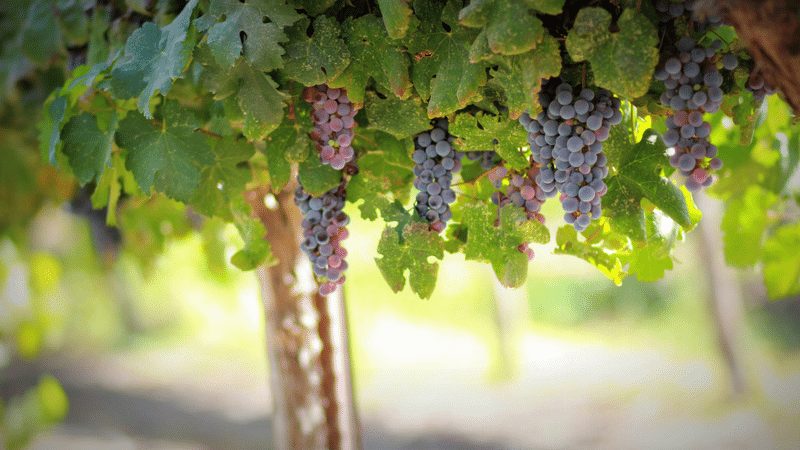Merlot
Episode #6 of the course Wine basics: Top ten wine varietals by Saffron Hickey
Today, our top wine varietal is Merlot (mer-low). This red wine grape is native to Bordeaux, France, but is also the leading varietal in the US. Merlot is frequently blended with Cabernet Sauvignon and other heavy reds due to its ability to lighten tannins for a softer, approachable wine. However, 100% Merlot or blends where the varietal dominates are enjoyable, balanced wines with velvety texture and dark fruit flavors.
Major Regions
France is the largest Merlot producer, particularly Bordeaux. Bordeaux blends from subregions Saint-Émilion, Pomerol, and Fronsac include a high percentage of Merlot. French Merlot has higher tannin and subtler fruit flavors than others. Merlot is also grown widely in northeast Italy. Italian Merlot ranges from light, single-varietal wines to dense, aged wines that may be blended with Cabernet Sauvignon or Italy’s own Sangiovese.
Other major regions include California and Washington in the US, South Australia, and Chile. The warm sun in these locations heightens ripe fruit notes. One hundred-percent Merlot is very popular in California, though it has developed a reputation as simplistic and slightly sweet. This impression may be caused by lower tannins, lacking quality control, younger vines, or overripe grapes. In Australia, Merlot is primarily grown for blending with Cabernet Sauvignon, while Chile produces single-varietal Merlot with Bordeaux characteristics.
Characteristics
Note: The scents and tastes people perceive in wine vary greatly depending on individual palates, production methods, climate, and more.
Sweetness: Merlot is a dry red wine with medium tannins and acidity.
Appearance: Ruby red to deep plum red. Younger Merlot often has a violet rim, while older Merlot has an orange rim.
Aromas and flavors: Cherry, plum, cocoa, green olives, coffee, tobacco, black pepper, vanilla, cloves, blackcurrant. Cooler climates emphasize earthy and tobacco flavors, while warmer climates bring out fruit and chocolate flavors.
Body: Medium-bodied.
Aging: Merlot is usually aged in French or American oak for eight to 12 months, though sometimes up to two years to increase richness and create a fuller body. Merlot matures faster than other reds and is typically consumed in one to four years. However, Merlot left in the bottle will maintain and develop its flavor for a richer, deeper wine, without losing its smooth freshness.
Food Pairing
Merlot is a classic middle-of-the-road wine—medium body, medium tannins, medium acid—so it’s suitable for pairing with a range of foods. Top picks include grilled or roasted chicken, duck, beef tenderloin, or venison. Fruitier Merlots pair well with pizza, fajitas, and quesadillas. Its versatility and approachability make it a great option for groups.
Selection Guide
To capture the taste of this varietal, choose a Bordeaux blend with a high percentage of Merlot. The Pomerol subregion showcases Merlot’s luscious, plummy intensity. Saint-Émilion has leaner variations with spice and mineral notes, while Fronsac offers more earth notes.
For a fruit-forward take, choose a warm-climate Merlot. California’s single-varietal Merlot is a good place to start. Younger vintages will be lighter, while older vintages and longer aging signify a more full-bodied and rich wine. Be wary of budget Merlot, which can be overly plain and lacking Merlot’s dynamic flavors.
Tomorrow, learn about the traditional Tuscan Sangiovese!
Recommended reading
Puckette, Madeline, 2013. Guide to Merlot Wine Taste and Food Pairing. New York, NY: Wine Folly.
Robinson, Jancis, 2017. Merlot. Oxford: JancisRobinson.com.
Slinkard, Stacy, 2017. Quick Guide to Merlot. New York, NY: The Spruce.
Recommended book
Share with friends

